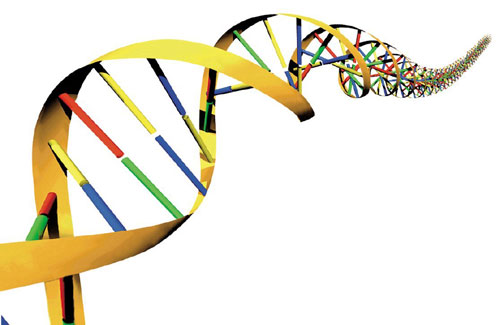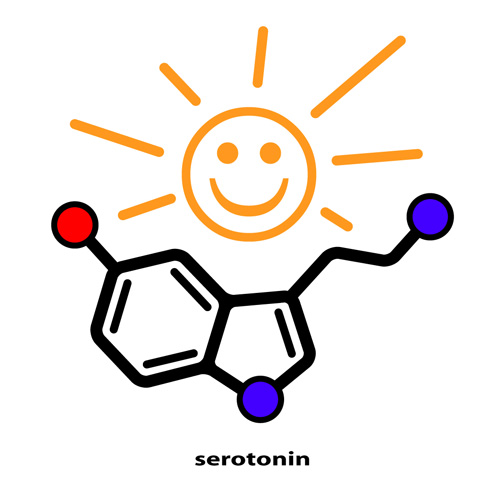Am I Going to Pass On the Genetic Makeup of a Killer?
 |
| The genetic code (DNA) |
Can serial killers be predisposed to having a violent nature? In short, yes. An average serial killer has several common genetic factors. Parents pass down these genetic factors to their child, who has no control over their outcome. A child who possesses genetic traits seen in serial killers is more
likely to grow up to be an adult killer.
Changes in genetic makeup dramatically alter functions of the brain. A certain chemical messenger in the brain, called serotonin, is responsible for feelings of happiness and well-being. Low levels of serotonin are associated with aggressive behavior because the person lacks the physical ability to feel happy and is easily angered.
Nonfunctional emotional responses occur because functions of the brain are physically impaired. In the brain, the thalamus, associates proper emotional responses to previous experiences. An impaired thalamus causes a serial killer to experience feelings of happiness and satisfaction after committing acts of violence and murder. The serial killer never feels regret and remorse because the impaired thalamus physically impairs the processing of these feelings. Over a period of time, the only way a serial killer could feel satisfaction would stem from killing more victims.

 You may have heard Jim Fallon explain his theory on the relationship between genetic makeup, brain function, and the tendencies of serial killers on National Public Radio a few years ago. He explains how one part of the brain, the orbital frontal cortex, is less active than another part of the brain, the amygdale. The orbital frontal cortex is the moral control center of the brain, while the amygdale is associated with fear, anger, and violence. The amygdale is free to run wild when the orbital frontal cortex fails to tell the person that anger and violence are morally wrong and shouldn’t result in feelings of satisfaction.
You may have heard Jim Fallon explain his theory on the relationship between genetic makeup, brain function, and the tendencies of serial killers on National Public Radio a few years ago. He explains how one part of the brain, the orbital frontal cortex, is less active than another part of the brain, the amygdale. The orbital frontal cortex is the moral control center of the brain, while the amygdale is associated with fear, anger, and violence. The amygdale is free to run wild when the orbital frontal cortex fails to tell the person that anger and violence are morally wrong and shouldn’t result in feelings of satisfaction.
All of these brain impairments are the result of mutations in the genetic code that serves as the blueprint for the structure and function of the various components of the human body. Although genetics are uncontrollable, childhoods of serial killers are controllable to a certain degree. Intervention can change the childhood for the better if it occurs early in the child’s life. You’ll have to wait until next week to learn more about the interesting childhoods of serial killers.

 You may have heard Jim Fallon explain his theory on the relationship between genetic makeup, brain function, and the tendencies of serial killers on National Public Radio a few years ago. He explains how one part of the brain, the orbital frontal cortex, is less active than another part of the brain, the amygdale. The orbital frontal cortex is the moral control center of the brain, while the amygdale is associated with fear, anger, and violence. The amygdale is free to run wild when the orbital frontal cortex fails to tell the person that anger and violence are morally wrong and shouldn’t result in feelings of satisfaction.
You may have heard Jim Fallon explain his theory on the relationship between genetic makeup, brain function, and the tendencies of serial killers on National Public Radio a few years ago. He explains how one part of the brain, the orbital frontal cortex, is less active than another part of the brain, the amygdale. The orbital frontal cortex is the moral control center of the brain, while the amygdale is associated with fear, anger, and violence. The amygdale is free to run wild when the orbital frontal cortex fails to tell the person that anger and violence are morally wrong and shouldn’t result in feelings of satisfaction. 

No comments:
Post a Comment